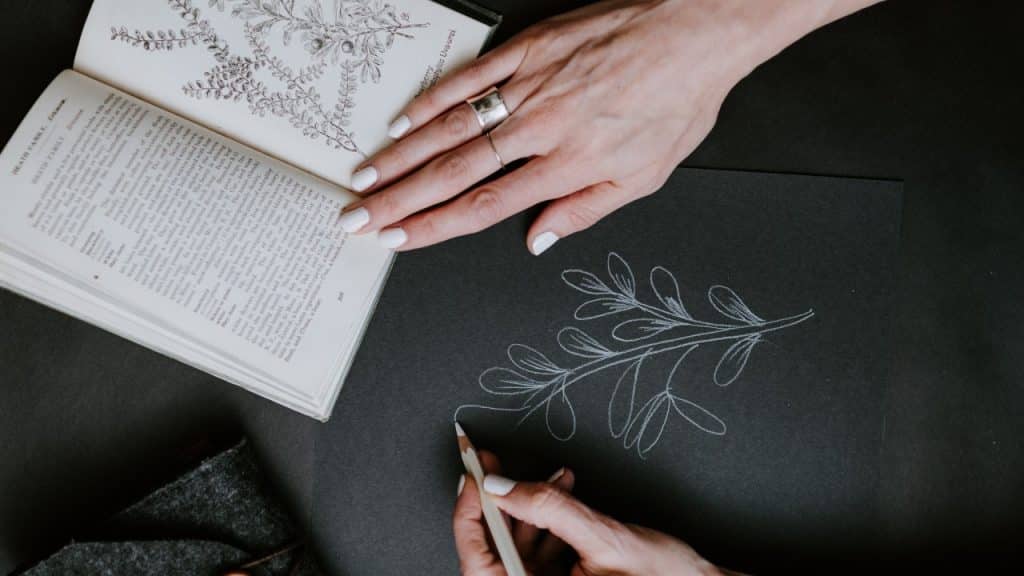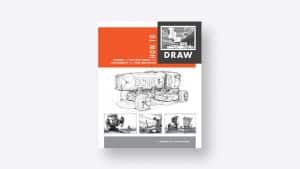Striking a Balance: How to Use Reference Effectively

Creative business tips to kickstart your career as an artist, designer, or content creator.
The use of reference in the creation of original artwork is a hotly debated topic online. I often see people called out for tracing when someone finds the reference photo that was used for a drawing and overlays the two to shame its creator. Sometimes it’s fairly obvious the piece has been traced, but other times it’s a bit of a stretch.
I think the ones making these accusations are often young, naive artists who for some reason are under the impression that their favorite works of art were born entirely from the minds of their creators.

There’s a long standing tradition of tracing in art. Drew Struzan traced the elements of his posters, and it’s thought that some of the masters used camera obscuras to trace projections as well. That said, tracing and using reference are not the same thing.
This should really go without saying, but using reference is not cheating. In my opinion, the purpose of reference is to supplement our knowledge. Where our knowledge falls short, we can use reference to fill in the gaps. I don’t think there is a correct or incorrect way to use reference, but I believe the best way to use it effectively is to borrow only what we need. Reference provides us with the details that we are unable to conjure up from memory alone, but serve to add another level of realism and believability.
The level to which you depend on reference will depend on your level of skill and your understanding of your subject matter. If you find yourself depending entirely on a photograph to draw something, that means one of two things. You’re lacking in either understanding or confidence.
In either case, the solution is simple. Doing some studies of your subject matter from different angles will bolster both your understanding and confidence. Remember, unless you’re aiming for a photorealistic render, the goal is to interpret the subject matter, and you’re granted a degree of artistic license in how you choose to do so.

I think it’s important that the reference serves the drawing and not the other way around. What I mean by this is to not limit yourself to only drawing objects in poses and angles you can find the exact reference for.
If you’re creating an original piece, I think that gathering reference should only come after you’ve already completed the thumbnailing process and have settled on a direction. At this point, you can create your own reference for the pose by photographing yourself and collecting any other references you may need for materials and tertiary details.

Just about every professional artist I know of, with the exception of Kim Jung Gi, uses reference. And unless your goal is to create a photographic library of images in your head from which to pull reference on demand, I think it’s important to just accept that using reference will always be a part of the process. The day may come where you no longer need reference to draw a crow or a weeping willow, but there’s certainly no shame if you do.
Just remember, you always have artistic license to interpret, push, and exaggerate. Never be a slave to the reference.

Taylor is a concept artist, graphic designer, illustrator, and Design Lead at Weirdsleep, a channel for visual identity and social media content. Read more articles by Taylor.
RELATED ARTICLES:
SESSIONS NEWS:
ENROLL IN AN ONLINE PROGRAM AT SESSIONS COLLEGE:

























